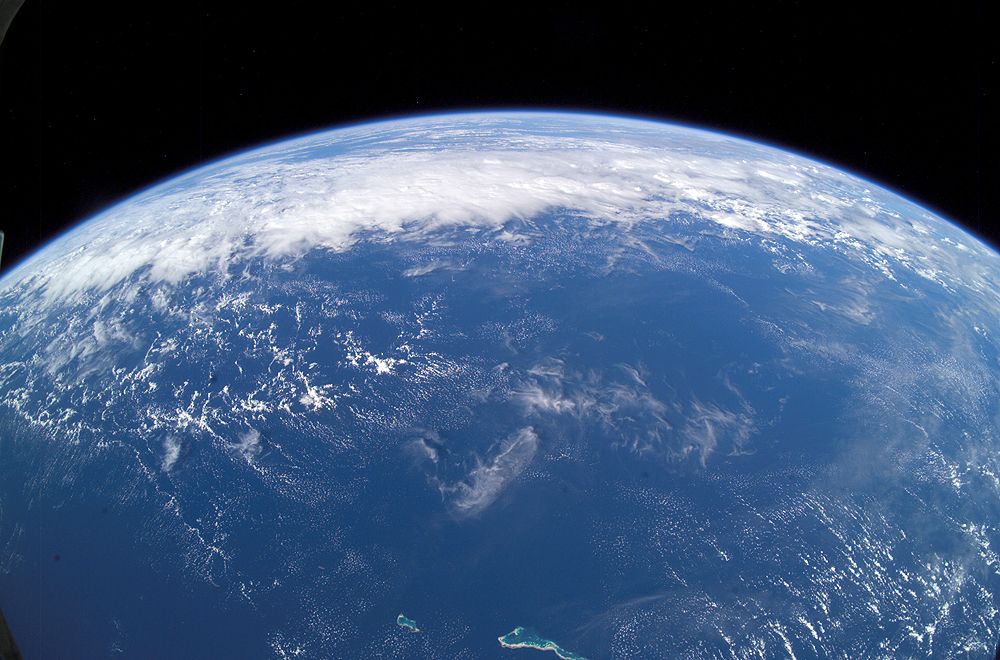```html
The European Union (EU) has officially launched its flagship satellite constellation project, known as Iris³, in a significant step towards establishing a secure space-based communication system that aims to rival prominent American projects like SpaceX's Starlink and Amazon's Project Kuiper. This initiative reflects the EU's commitment to enhancing its technological and infrastructural autonomy in the ever-competitive space sector.
A New Era of Connectivity
The Iris³ project, which anticipates the deployment of nearly 300 satellites, is designed to create a robust multi-orbital network. Such a network not only promises to bolster the EU's standing in global satellite communications but also strives to ensure that remote areas of Europe are connected securely and reliably.

European Commission Vice President Henna Virkkunen emphasized the strategic importance of this constellation, stating,
"This cutting-edge constellation will protect our critical infrastructures, connect our most remote areas, and increase Europe's strategic autonomy."
Project Goals and Capacities
The Iris³ system aims to facilitate secure communications for various sectors, including military, defense, and diplomatic functions. In addition, the network will cater to providing:
- Surveillance capabilities to enhance security measures across Europe.
- Connectivity in natural disaster-hit areas for rapid response initiatives.
- Commercial broadband access for businesses and individuals alike.
Funding and Partnership Structure
The EU has allocated a budget of €10.6 billion (approximately $11.1 billion) for this ambitious project, with more than half funded by the EU itself. Other financing avenues include:
| Source | Euros (billion) |
|---|---|
| EU Funding | Approximately €6.5 |
| Private Investment | €4.1 |
| European Space Agency (ESA) | €0.55 |
The project has moved forward thanks to the signing of a 12-year concession agreement with SpaceRISE, a consortium led by established players including Eutelsat, Hispasat, and SES. Additional contributions are provided by leading aerospace and defense firms such as Airbus Defense and Space and Deutsche Telekom.
The Strategic Importance of Iris³
Commissioner for Defense and Space Andrius Kubilius heralded this signing as the birth of a "vision for a stronger, more connected, and resilient Europe." This sentiment emphasizes the EU's desire to bolster its infrastructure and technological capabilities in an era dominated by private companies like SpaceX and Amazon.
In practical terms, Iris³ aims to address several core aspects:
- Enhancing Europe’s security posture: By enabling faster decision-making capabilities through military-grade secure communications.
- Supporting humanitarian efforts: Benefiting regions affected by natural disasters through reliable satellite communication services.
- Business connectivity: Providing high-speed broadband solutions to facilitate business operations across the continent.

Global Competition and Future Prospects
The competition in the global satellite communication market is intense, particularly with industry giants like Starlink already launching and operating their satellite networks. As of early 2024, Starlink reportedly has over 6,000 satellites in orbit and serves over 2.6 million customers. In contrast, while Iris³ will initially deploy fewer satellites, its design aims to deliver comparable performance by optimizing the arrangement of its multi-orbital capabilities.
Operational Timeline
The Iris³ infrastructure will be grounded within Europe, featuring control centers located in Luxembourg, France, and Italy. The project envisions full operational readiness by 2030.
Through this strategic approach, the EU aims to fortify its position in the global space race:
| Goals | Implementation Timeline |
| First Satellite Launch | 2025 |
| Completion of Satellite Network | 2030 |
Implications for European Autonomy
The Iris³ venture is part of a broader strategy comprising several critical projects that seek to solidify Europe's position within the global space industry. Previously launched initiatives like Galileo and Copernicus have given the EU a foothold in satellite navigation and Earth monitoring, respectively. These projects highlight the EU's determination not just to compete within the market but to set standards shaped by its own requirements and values.
Moreover, as Europe increasingly pivots towards strategic autonomy in critical digital infrastructures, this constellation project not only addresses immediate connectivity needs but also carefully lays down the groundwork for a self-sufficient digital landscape.
Conclusion
In summary, the launch of the Iris³ satellite constellation marks a significant moment for the EU as it seeks to enhance economic resilience, technological independence, and secure communications. By engaging in partnerships with leading aerospace and telecommunications companies, the project aims to ensure that Europe remains competitive and autonomous within the rapidly evolving global space landscape.
For More Information
To stay updated on the developments surrounding the EU's Iris³ project, visit:
Reference: Information was primarily sourced from Universetoday.
```



